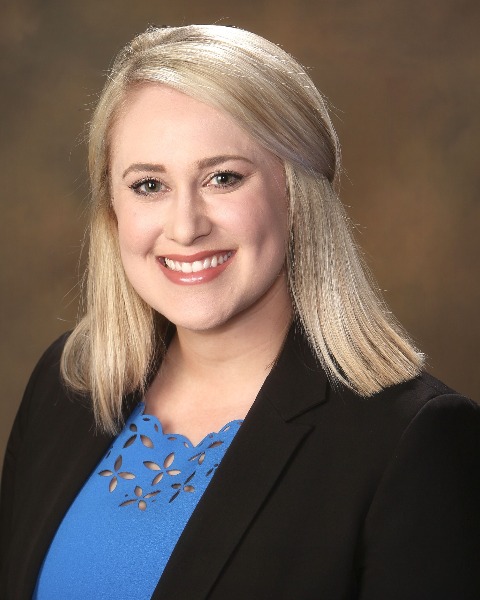Adult Diagnostic (AD)
PP1606 - Is Sudden Sensorineural Hearing Loss an Indicator of Future Stroke?

Elizabeth Goodlett
Audiology Resident
Mayo Clinic Jacksonville Florida
University of Arkansas for Medical Sciences
Jacksonville, FloridaDisclosure(s): No financial or nonfinancial relationships to disclose.
- DZ
David Zapala, PhD
Consultant
Mayo Clinic Florida
Mayo Clinic Alix School of Medicine
Jacksonville, FloridaDisclosure(s): No financial or nonfinancial relationships to disclose.
Lead Presenter(s)
Presenter(s)
In the clinic, establishing the etiology of a sudden sensorineural hearing loss (SSNHL) is challenging. The two primary causes of SSNHL, are thought to be viral mediated, or the result of impaired cochlear blood supply. Because prior stroke increases the risk of future stroke, recognizing cochlear stroke may have important implications for managing patients with stroke related SSNHL in isolation. The purpose of this study is to estimate the likelihood of subsequent stroke following SSNHL in an effort to estimate the prevalence of cochlear stroke in individuals with SSNHL.
Summary:
Rationale/Purpose
Sudden sensorineural hearing loss is considered a medical emergency, yet we cannot always determine the etiology of the cause. The two primary causes of idiopathic SSNHL are viral etiologies and cochlear stroke. Because of the intricate nature of the inner ear, we often have to look for other associated symptoms and case history to determine a possible cause. Previous international studies have been conducted on the incidence of stroke in patients with sudden sensorineural hearing loss, but only meta-analyses have been conducted in the United States thus far. Hazard ratios in these studies range from 1.22 up to 4.08 (Oussoren, 2023) and odds ratios range from 1.03 up to 19 (Simoes et al., 2022) The incidence of sudden sensorineural hearing loss in the United States is anywhere from 5 to 27 cases per 100,000 persons and international studies propose incidence rates of up to 77 cases per 100,000 persons (Chandrasekhar et al., 2019, Oussoren et al., 2023). Our study seeks to determine if individuals who experience a sudden sensorineural hearing loss have a higher 5-year risk of developing stroke relative to those individuals with gradually developing sensorineural hearing loss.
Methods
A retrospective analysis will be conducted on a previously established data set collected from 2006 to 2016 through the Department of Audiology at Mayo Clinic Jacksonville Florida. Patients' medical records who will be examined in this study will be 18 years of age or old, have had a completed audiogram and been diagnosed with SNHL, and have followed up or had medical information entered into their chart within 5 years of initial visit. Two groups will be established from this data set. Group 1 will consist of the total number of individuals who have SNHL and Group 2 will consist of the total number of individuals in the original data set who have sudden SNHL. The analysis will determine, by review of medical records, the prevalence of stroke in each group 5 years after the initial visit. The 5-year prevalence between the two groups will then be compared to determine if Group 2 has a higher 5 year risk of stroke than Group 1.
Results and Conclusion
With the results of this study, we hope to reveal whether an incidence of sudden sensorineural hearing loss could help predict 5-year stroke risk for these patients. Revealing an elevated stroke risk could help warrant further testing following confirmed diagnosis. Analysis is currently in process and will be completed before the AAA deadline.
Learning Objectives:
- Upon completion, participants will be able to describe the significance of sudden sensorineural hearing loss in relation to increased 5-year stroke risk.
